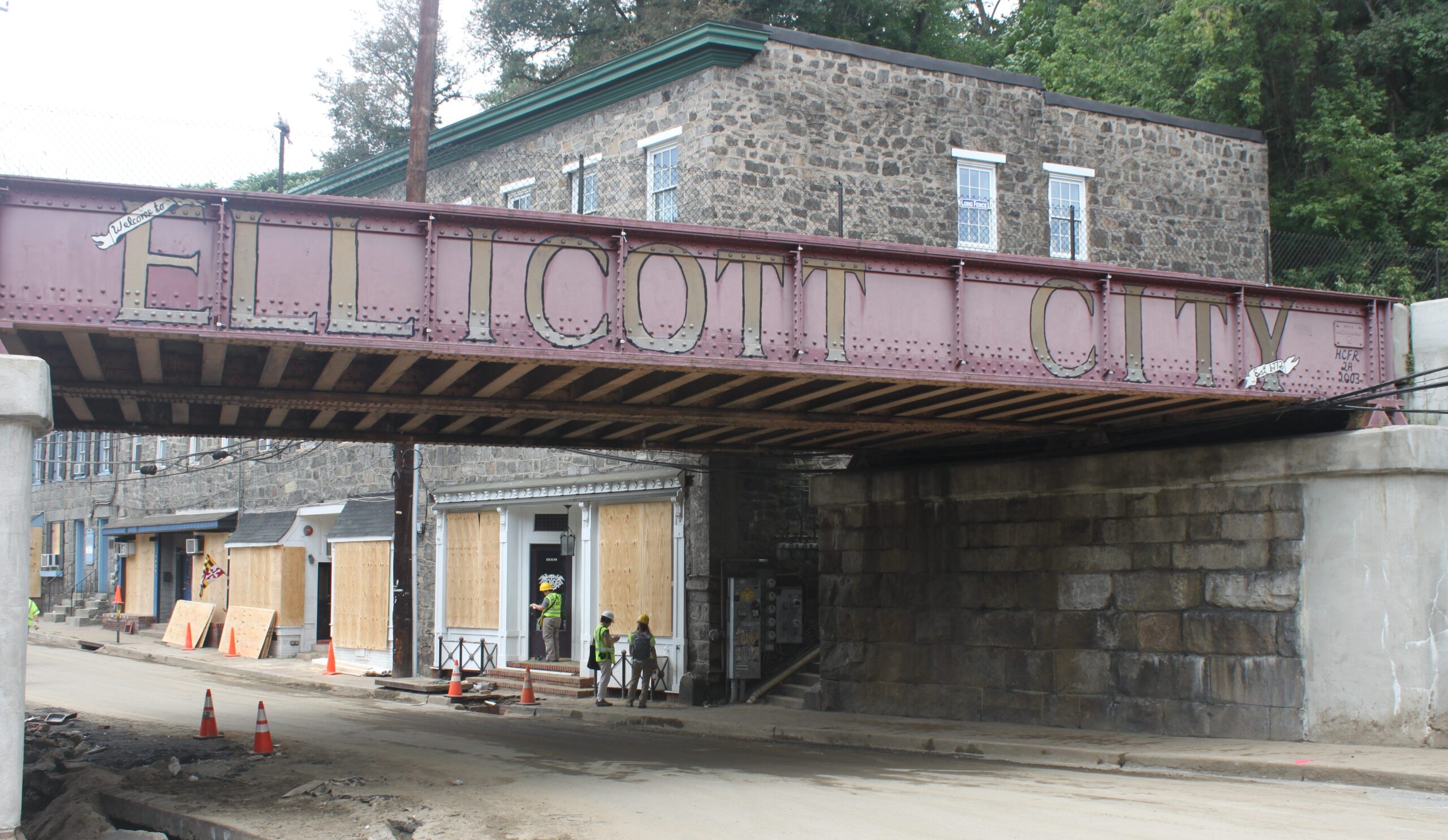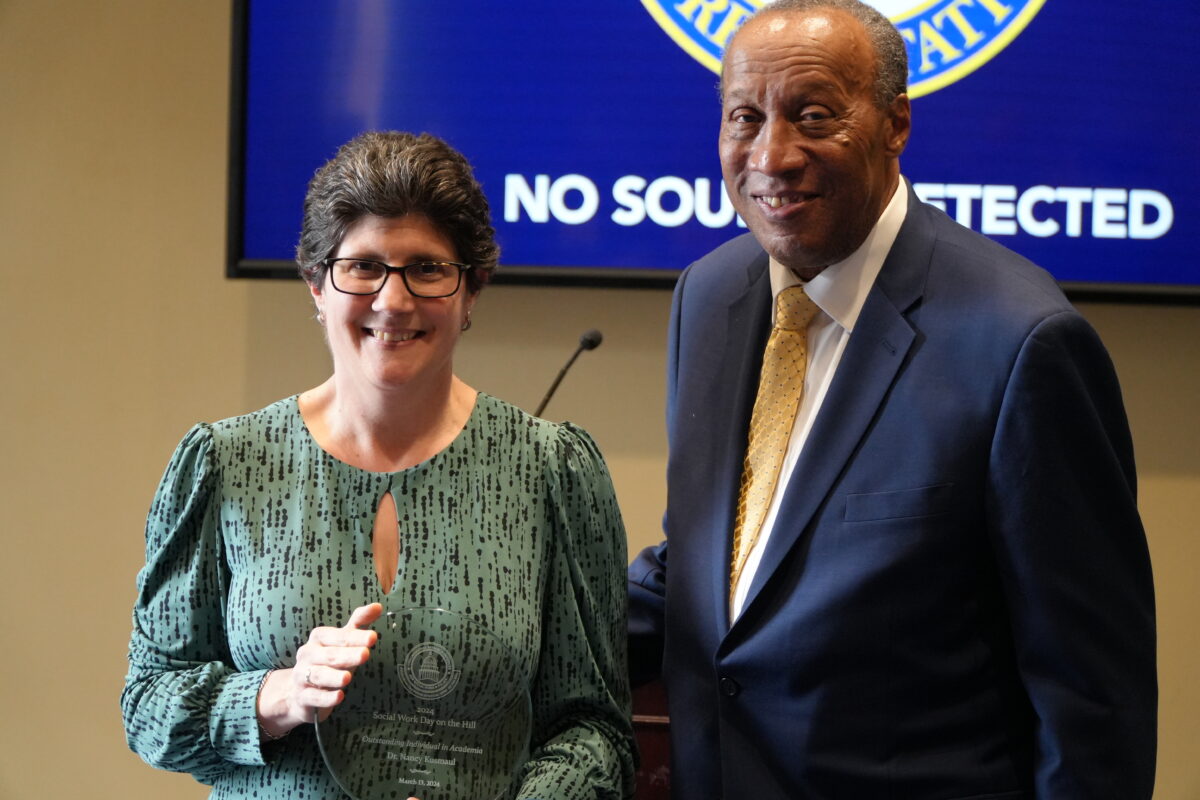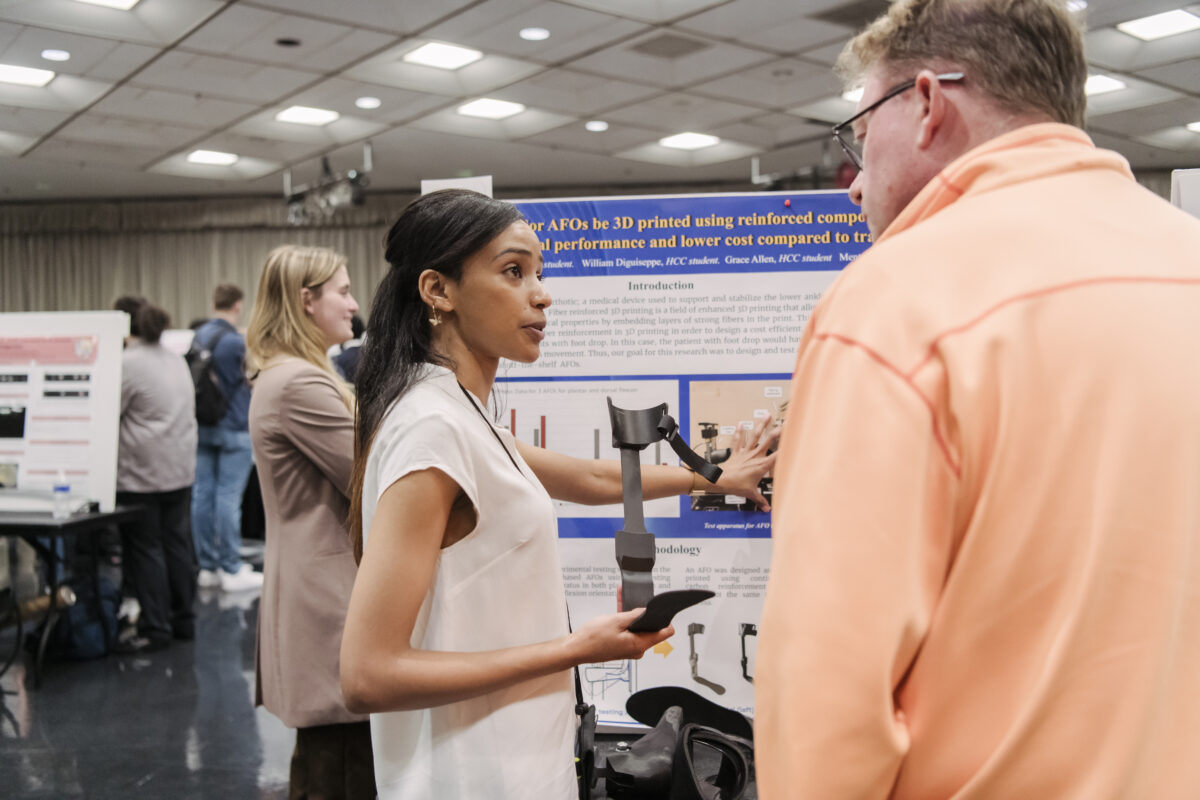Severe storms and rapidly accumulating rain recently contributed to historic flooding that caused extreme damage to the main street of Ellicott City, located not far from UMBC’s campus. This is not the first time this Howard County town has been affected by the intense rain in a short period of time.
A few years ago, Nirmalya Roy, assistant professor of information systems, was driving through a strong storm near Ellicott City when he was instructed to turn around by emergency personnel. Roy began thinking about how technology could help monitor flood-prone areas, alert authorities in real-time, and keep people out of harm’s way.
“After witnessing the devastating nature of flash flood in our own neighborhood, Ellicott City, now we understand even a fraction of a second can make a difference,” explains Roy.
Roy recently received a $225,000 grant from the National Science Foundation’s Computer and Network Systems. The funding will allow Roy to build a network of wireless sensors, using technology that is currently used in Spain but that has not yet been tested in the U.S., to monitor rainfall levels, develop predictive algorithms, and provide real-time flood updates to officials. The system will then be implemented in Howard County and Baltimore County to monitor future flood events in these areas.
The first phase of this project will seek to accurately monitor the depth of the water and speed at which accumulated water moves in a severe storm. This research is unique in how it combines more traditional data sources, from wireless sensors, with information from social media networks, like Twitter and Instagram, to forecast the severity of flash floods.
“This project will navigate the tradeoffs of combining the cyber, physical, and social aspects of a smart service system tuned to operate in an emergency situation in a smart city like real-time flash flood monitoring,” Roy explains.
Once the technology is implemented in flash-flood prone areas of Howard County and Baltimore County, human observations from social media will be incorporated to add contextual information about the weather event. Roy and Aryya Gangopadhyay, professor and chair of information systems, will combine data analytics and social network posts to understand the severity of the floods, to assist with the deployment of time-sensitive resources.
“We are thinking of adding a loud speaker module to our wireless sensor system to warn the people early, even before the emergency personnel get on the spot,” Roy says, “so that the daily commuters do not endanger their lives by driving further down the road, where they could be swept away by powerful streams of water.”
As the project progresses, Roy and Gangopadhyay will work with the National Institute of Standards and Technology’s Global City Team Challenge program to study the viability of the wireless sensor system in Howard and Baltimore Counties.
Roy’s work is featured in “UMBC prof from Ellicott City developing flood-warning system” in The Daily Record. The White House included Roy’s work in a press release about its Smart Cities Initiative.
Image: The bridge in Ellicott City, MD. Photo by Preservation Maryland, CC by-SA 2.0.




